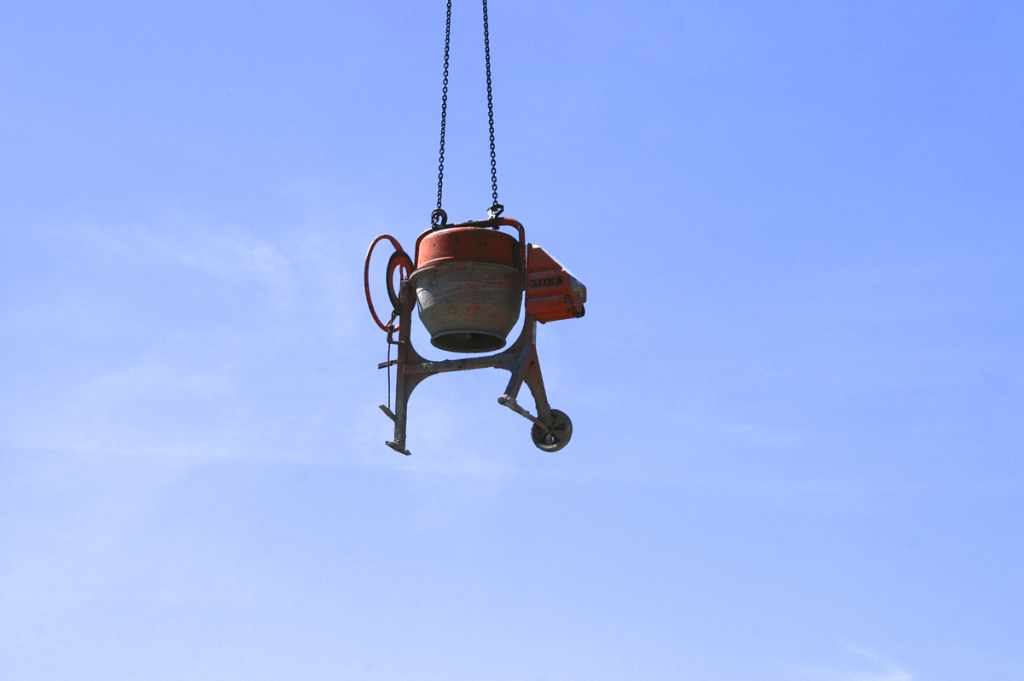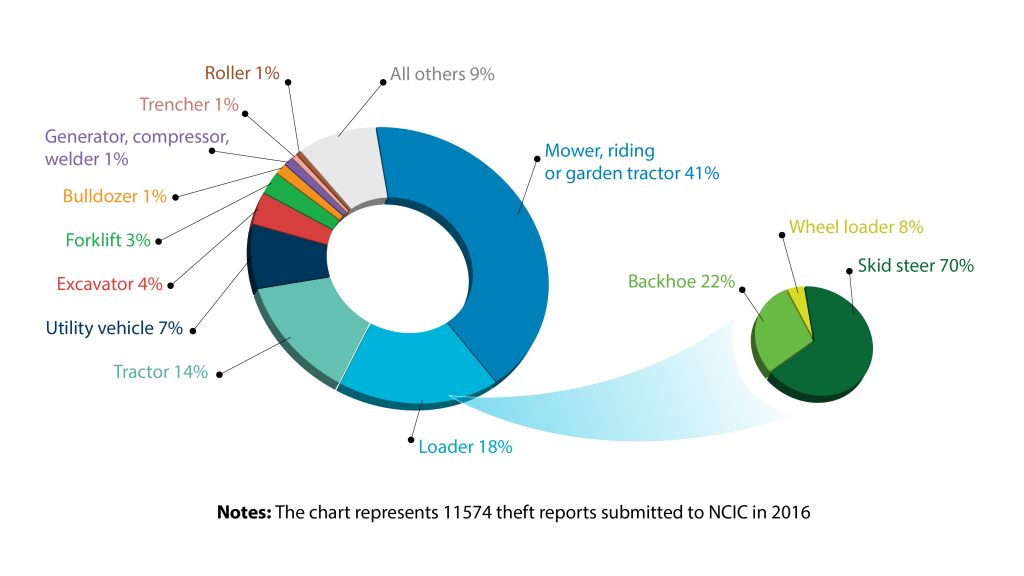
Construction site theft is unfortunately a major problem for many companies. The value of mobile assets can be very significant indeed and the loss of tools, equipment and vehicles not only affects the balance sheet but also delays the build programme. But there is some good news: there are now new ways to improve the security of construction assets on-site thanks to digitisation. And the good news doesn’t stop there: boosting security is just one of the many benefits of using digital tools to control construction projects.
How much of a problem is construction site theft?
Taking on a construction project can be a very expensive business. Assets that are likely to be required on-site include heavy machinery and equipment, tools, vehicles and materials, which inevitably means there will be a considerable financial risk attached. It is difficult to find comprehensive data regarding losses due to theft in the construction sector, but there is certainly indicative data that paints a picture of a big problem.
According to the National Equipment Register (NER), estimates of the cost of equipment theft in the US during 2016 vary from about $300 million to $1 billion, with most estimates in the range of $400 million (and this doesn’t even include the theft of tools or building materials, damage to equipment and premises caused during a theft, or losses from business interruption!). The NER also states that the average value of machines recovered by police with National Insurance Crime Bureau (NICB) and NER assistance is $29,258.
In the UK during 2007, it was estimated that the construction industry suffers a loss of more than £400 million a year due to vandalism and theft. The Chartered Institute of Building also reported that the cost of crime varies depending on the region of the country and the company size (the bigger the company, the greater the losses).
In Canada, Aviva reported in 2018 that $46 million worth of equipment was stolen annually and its survey of 100 construction companies found that they experienced an average of two thefts per year, with losses averaging $25,900 for licensed vehicles and $1,600 for tools.
What is being stolen?
In short, the answer is almost anything with a value that isn’t bolted down! A typical breakdown of heavy equipment theft by type in the US is shown below. This illustrates that agricultural machinery is the main target for thieves (possibly due to greater difficulties in securing larger sites and the machinery being easier to sell on?), but it is still apparent that construction equipment makes up a significant proportion of the total.

So, how can you beat the thieves?
While there will always be a role for traditional forms of security, such as door locks and padlocks to name just two, recent advances in technology now mean that digital tools are being used more and more. One of the most common mistakes is failing to properly track and manage assets on-site, leading to tool theft and sometimes even theft by workers, but digitisation means that this task now becomes much easier.
Some applications of digital technology to improve construction site security include:
- Fitting trackers, such as Bluetooth Low Energy (BLE) devices, to valuable equipment and tools, and track and trace technology for vehicles and machines.
- Tracking the entry and exit of workers within a fenced area 24/7 with a connected badge reader, which is able to control the access and also the administrative status of workers at the same time.
- Camera surveillance systems are a tried and tested technology, but in the past the images have sometimes been poor quality, meaning that they are virtually useless for identifying criminals – thankfully, this is becoming much less of a problem nowadays due to improvements in imaging. These systems can be costly, but a good surveillance network – when used alongside other preventative measures against theft – is always a good deterrent and it can also provide a very useful record of activity in the event of an accident on-site.
- Planning deliveries of materials and equipment efficiently to ensure that it can be checked in and secured immediately will ensure that it isn’t left lying around where it might tempt a thief. Of course, construction material management is more complicated than it sounds, which is why digital resource planning tools are so important.
Joined-up thinking
The applications listed above are not exhaustive as there are many other opportunities available for using digital technologies on construction sites. While some of these applications might not physically prevent theft, making it clear that heavy equipment is fitted with a tracker, for example, is likely to deter many opportunistic thieves. After all, it’s often the case that it is the least protected sites that are targeted by thieves.
Pursuing a proactive joined-up approach, where physical security measures are supported and enhanced by digital tools, will improve the security of your site and protect your valuable construction assets. Reducing unnecessary losses and keeping to project deadlines makes sound business sense in any industry. This is certainly the case in construction where large numbers of assets are being used every day and often stored overnight.